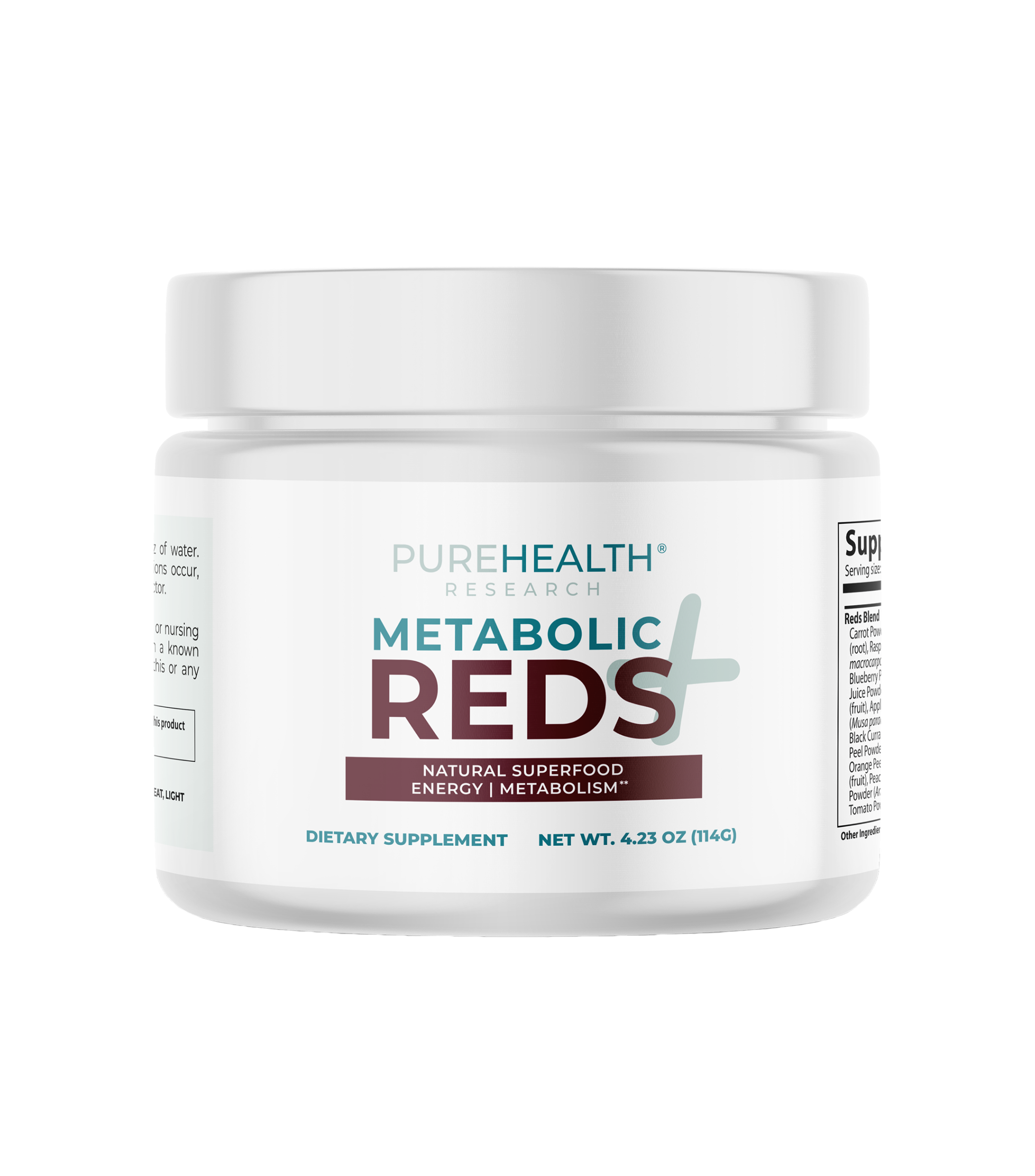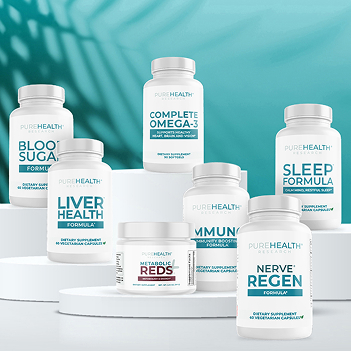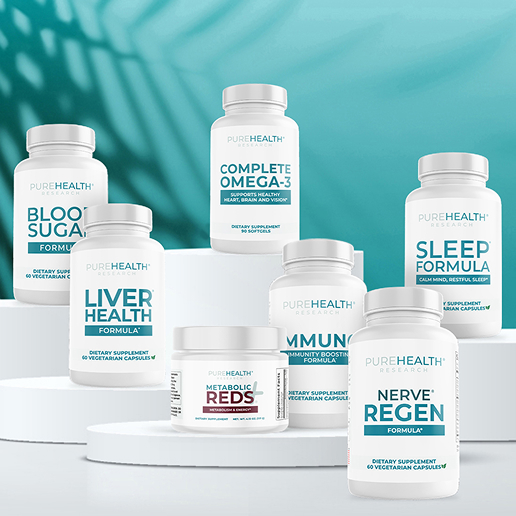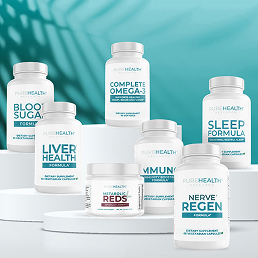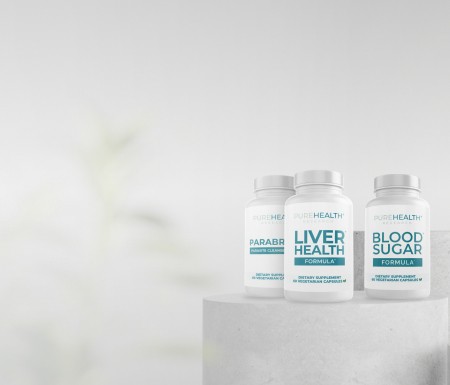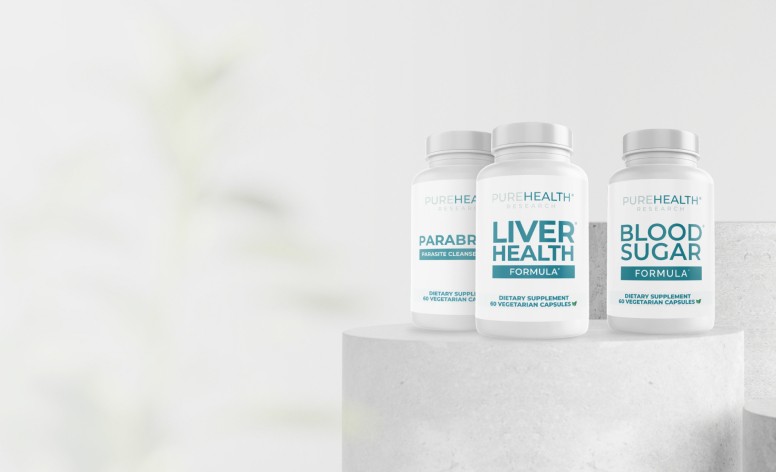Metabolic Efficiency 101: What It Is and How to Increase It
Metabolic efficiency isn't just for athletes. Discover the roles food, exercise, sleep, and more play on your metabolism rate.


It’s time to talk about metabolic efficiency. Your body is an intricate machine that turns food into energy almost non-stop. However, some bodies are better at this than others, and that depends on metabolic efficiency.
But is it actually important for our bodies to be efficient at converting food into energy? Most definitely! A healthy metabolism rate implies a good overall feeling filled with energy and an ability to focus. That aside, one will also have a body that is healthy and functions as it should.
So, stay tuned as we explore metabolic efficiency and training (MET). How does it work? What are its benefits? Are there any issues to watch out for? Let’s go!
What Is Metabolic Efficiency?
Metabolic efficiency is about how well your body uses its own energy stores – like fat and a type of sugar called glycogen – when you’re chilling out or exercising. It’s like having a smart energy-saving mode. When your body is really good at this, it can use fat (which we have a lot of) for energy during easier exercises, saving the glycogen (which we don’t have as much of) for tougher workouts.
This means you can keep going longer without needing to snack or drink energy drinks. Feeling nauseous and tired all the time? Metabolic dysfunction may be the reason. Therefore, increasing your metabolic efficiency is crucial for you to exercise better and not get tired too quickly.
How to Increase Metabolic Efficiency?
Increasing your metabolic efficiency won’t happen overnight. You’ll need to make some changes to your life related to your training techniques, diet, sleep, and more. Ready to learn how to reset your metabolism? Here are some proven methods and practices.
High-Intensity Interval Training (HIIT)

HIITs are perfect for those seeking quick workouts throughout the day. These run for about 10 minutes and may not require special equipment. By performing short bursts of intense workouts, you’ll notice better metabolic efficiency (thanks to improved oxygen use.)
Strength Training

Strength training occurs with free weights, resistance bands, or bodyweight exercises. The result is stronger and bigger muscles. When your body has more muscle mass, it burns more calories at rest, equaling metabolic efficiency.
Cardio Exercises

You’ve always heard that cardio is important (aside from dreaded leg day, of course). But why? When you run, swim, or cycle, you’re helping your heart perform better at transporting oxygen to your muscles.
Balanced Diet

What does a well-rounded diet look like? Picture a plate with specific portions of carbs, good fats, and proteins. And don’t forget your veggies. There’s no need to seek out extreme diets. As long as you maintain a healthy mix of nutrients, you’re good. To make this easier, here are a few metabolism-supporting foods you should consider adding to your diet:
- Protein-packed foods
- Mineral-dense foods
- Chilies
- Coffee
- Tea
- Legumes
- Ginger
- Chocolate’s raw form
- Timed Nutrient Intake
Now, we all know that a metabolic-efficiency diet is essential. However, when we consume food is crucial, too. Eating (before and) after an exercise is always wise because it helps with recovery, improves performance, and enhances energy availability.
Hydration

Water intake supports metabolic processes. When you don’t have enough water in your system, things can go sideways. Energy production will drop, and the same goes for overall performance.
Quality Sleep

Getting enough sleep is important for keeping your metabolism working well. When you don’t sleep enough, it can mess up the balance of hormones in your body, make you feel more hungry, and lead to weight gain or even elevated circulating sugar. Sleep helps your body repair itself and manage how it uses energy and sugar. So, making sure you get a good night’s sleep is not just about feeling rested; it’s also about keeping your body healthy and in balance.
Stress Management

Some of us are unlucky in that we don’t know how to relax. That’s not a major issue, as there are many ways to do so. How does meditation or yoga sound? Deep breathing is easy to implement, too. When you lower your stress, your cortisol level drops, driving a healthier metabolism. Interestingly, managing stress and maintaining a healthy weight are closely linked. This brings us to an important question: can obesity cause shortness of breath? Indeed, carrying extra weight can put additional pressure on the respiratory system, making it harder to breathe, especially during physical activities. This respiratory discomfort can further discourage exercise, creating a challenging cycle of symptoms and inactivity.
Frequent Physical Activity

Live a sedentary lifestyle? Make it a point to move around every hour or so. Regular movement will maintain your body’s metabolic efficiency.
What Is Metabolic Efficiency Training (MET)?
Metabolic Efficiency Training (MET) is a method that teaches your body to burn more fat and less sugar for energy by combining specific diet and exercise strategies. Developed by Bob Seebohar over a decade ago, it’s based on the science of how our bodies use different energy sources during exercise and everyday life. By adjusting what you eat to stabilize circulating sugar and focusing on certain types of workouts, athletes can enhance their endurance, avoid energy crashes, and recover faster.
MET involves personalized nutrition plans that emphasize proteins, fats, and fibers to keep circulating sugar levels stable, along with exercise routines designed to improve fat burning. This approach can lead to needing less sugar for energy during workouts, which helps athletes perform better and reduces issues like stomach discomfort. The key to MET is finding the right balance in your diet and exercise to tap into your body’s vast fat stores for fuel, making your energy last longer.
Benefits of Metabolic Efficiency Training
Do you experience slow metabolism symptoms? Does metabolic efficiency training sound like something only the top athletes do? Guess again! You, too, can gain a high-performing metabolism rate by adopting the MET program to feel better physically. Here is a list of reasons why.
- Better Endurance – If your body needs to perform for long hours, MET will help you do that with less fatigue.
- Optimized Energy Management – The body requires different amounts of energy at different times. With MET, you’ll notice an optimized balance for various activities.
- Enhanced Performance – Are you interested in speed, agility, or strength? Whatever it is, MET fine-tunes energy consumption, leading to higher performance.
- Quicker Recovery – The body needs time to recover after an intense workout. You can shorten that time with MET and train harder and more often.
- Improved Weight Management – We all have weight goals. You’ll get to your optimal weight faster when your body does a better job of burning fat and energy.
How Do You Know MET Is Working?
We mentioned earlier that one does not achieve metabolic efficiency overnight. However, successful MET practitioners will notice the following. That doesn’t mean a completed job, though. It’s key to keep the momentum going.
- Improved Endurance
- Positive Changes in Body Composition and Metabolic Markers
- Consistent Energy Levels
- Better Performance Metrics and Consistent Progress
- Healthy Circulating Sugar Levels
- Faster Post-Workout Recovery
- Enhanced Mental Well-Being
- General Sense of Vitality
Which Foods to Eat When Training for Metabolic Efficiency

MET comprises the right physical exercises and food intake. A wholesome diet is fuel for your workouts. It influences how well your body processes and uses energy. So, what are the crucial nutrients driving metabolic efficiency?
Protein
Protein forms your body’s building blocks. Without it, our body won’t be able to repair muscles, fight illnesses, and improve metabolic efficiency. So, get your dose of protein by including chicken, fish, eggs, tofu, beans, and dairy in your diet.
Carbs
What’s your body’s primary energy source? You guessed it – carbohydrates! It’s essential for those intense workouts. Get your carbs from whole grains, fruits, vegetables, and legumes. You want complex carbohydrates because of the steady energy release they bring.
Fats
There are good fats and bad ones. No points for guessing what you need for increased metabolic efficiency! You should consume avocados, nuts, seeds, olive oil, and fatty fish like salmon. These aid in nutrient absorption.
Taking Things Further With Metabolic Reds+
So, you’re doing all the right things, such as eating well and doing all the recommended exercises. What else can you do to improve your metabolism? We’re taking this opportunity to introduce PureHealth Research’s Metabolic Reds+.
Wondering why Metabolic Reds+ is so popular? Just check out its ingredients. This list explains why this product, just like other supplements for energy, is simply worth it.
- Vitamin C
- Vitamin B6
- Vitamin B12
- Probiotics
- Digestive Enzymes
- Organic Red Fruits
- Adaptogenics
All of these nutrients work together to revitalize energy, metabolism rate, and fat burning and help manage weight. But that’s not all – brain functions work more effectively on Metabolic Reds+.
When you trust in PureHealth Research and this product, you’ll start feeling the energy benefits quickly. It also helps defend against illness and improves nutrient diversity and absorption skyrocketing your well-being. Got gut issues such as constipation, diarrhea, gas, and bloating? It can help alleviate digestive woes too. In addition, it supports cardiovascular and liver health, stress resilience, mood, immunity and more.
Final Thoughts
As you near the end of this article, you’ll understand that metabolic efficiency isn’t that boring after all. You’re probably interested in learning more about it and how you can use MET for better performance and health. That’s excellent, and while you’re on an MET ride, look out for the following success indicators:
- Improved Endurance
- Better Body Composition
- Stable Energy Levels
- Optimized Recovery
As stressed earlier, gaining metabolic efficiency involves not only specific physical exercises but also lifestyle changes. Here’s a summary:
- Combined training techniques (HIIT, strength training, and cardio)
- Hydration and balanced nutrition (proteins, complex carbohydrates, and healthy fats) at optimized timings
- Quality sleep, stress management, and consistent physical activity
No surprise here – MET isn’t an approach that will fit everyone without some tweaking. For example, a professional athlete’s MET would include different exercises and nutrient levels than someone working an office job. However, the key ideas apply across the field. And as always, consistency is vital for success.
Some men experience a metabolic rate decline in their late 20s, while others only notice a drop in their late 30s. Genetics, lifestyle choices, and overall health conditions are major role-players. Despite being a natural part of aging, the effects of metabolic decline can be mitigated with exercise and a balanced diet.
In general, women notice their metabolic rates slowing down from the ages of 20 and into their 30s. In their 40s, the decline becomes more noticeable. They also experience hormonal shifts in their late 40s (or later) due to menopause. This bodily change also influences a woman’s metabolism rate.
As people age, lifestyle factors play an increasingly crucial role in maintaining metabolic efficiency. These include:
Physical Activity and Movement Consistency
Muscle Mass
Hormonal Changes
Dietary Habits and Caloric Intake
Hydration
Sleep
Stress Levels
Smoking and Alcohol Consumption
That said, eating well, being physically active, and prioritizing healthy habits drive a robust metabolism.
Sign up for our Healthy Living newsletter!
Advertisement. This site offers health, wellness, fitness and nutritional information and is designed for educational purposes only. You should not rely on this information as a substitute for, nor does it replace, professional medical advice, diagnosis, or treatment. If you have any concerns or questions about your health, you should always consult with a physician or other health-care professional. Do not disregard, avoid or delay obtaining medical or health related advice from your health-care professional because of something you may have read on this site. The use of any information provided on this site is solely at your own risk.
